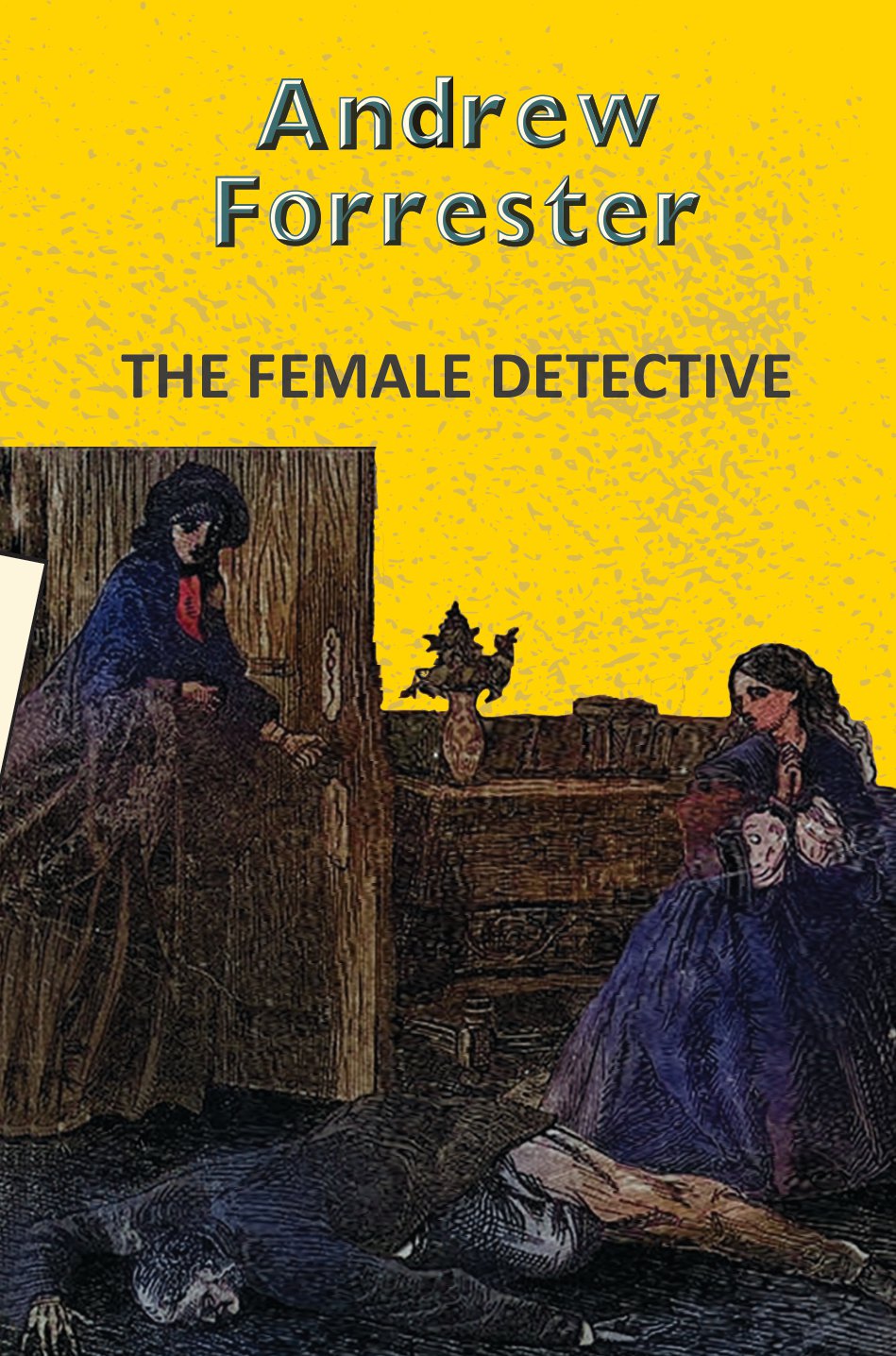Andrew Forrester
Andrew Forrester was the pseudonym British writer James Redding Ware (1832c.1909)
His detective works include: The Female Detective (c. 1863/1864), 'edited by A.F.'; Secret Service, or, Recollections of a City Detective (1864?); The Private Detective and Revelations of the Private Detective (both c. 1868).
'Forrester' was for many years known to be a pseudonym, but it was unknown who he actually was. However, one of his stories, 'A Child Found Dead: Murder or No Murder?', was discovered, reprinted as a pamphlet and published under the name of J. Redding Ware, as 'The Road Murder', an analysis of the Constance Kent case. With this as a clue, Forrester/Ware's first stories of the female detective can be found in a journal entitled Grave and Gay in summer 1862. The character predates the 1863/1864 appearance of W.S. Hayward's The Revelations of a Lady Detective although not that of Ruth Trail.
In 1860, a novel, The Fortunes of the House of Pennyl, A Romance of England in the Last Century (Blackwood's London Library) was published, with illustrations by Phiz, under the name J. Redding Ware. By 1868, he was a contributor to the Boy's Own Paper, the series of penny-bloods owned by Edwin Brett, although no particular work has been attributed to him. He also contributed to Bow Bells Magazine.
Posthumously, he was most famous for Passing English of the Victorian Era. A Dictionary of Heterodox English Slang and Phrase (London, Routledge, 1909), published shortly after his death.

